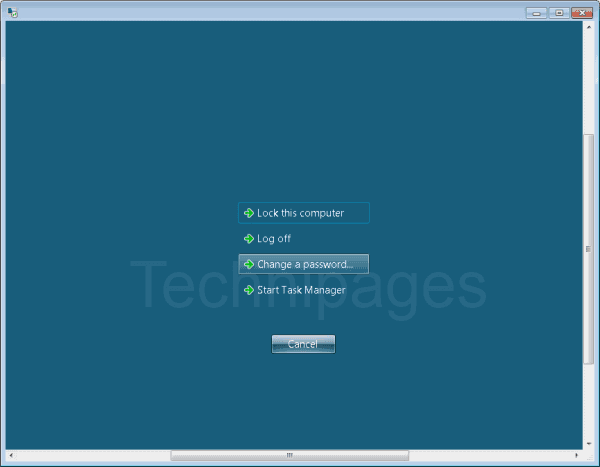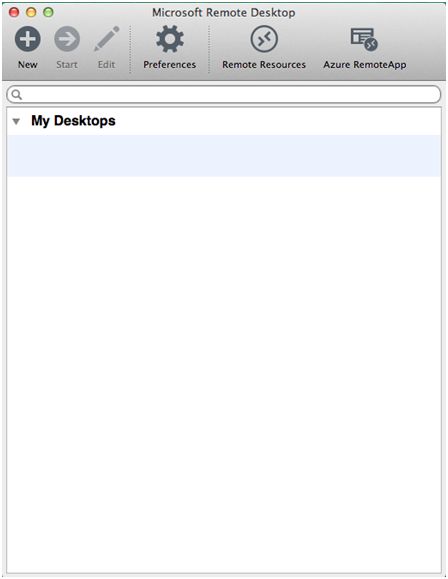- Microsoft Remote Desktop Change Password Settings
- Microsoft Remote Desktop Change Password Tool
- Change Microsoft Password On Remote Desktop
- Microsoft Remote Desktop Change Password Page
- Change Password Microsoft Remote Desktop Mac
A better option is to permit users to change their own Active Directory passwords using a Remote Desktop Services (RDS) Web Access portal, which will let them reset their passwords at almost any. It is not available to change an expired user account password in a remote desktop session. We could try to configure the following gpo as a work around. Computer Configuration Policies Windows Settings Security Options Interactive logon: Prompt user to change password before expiration. Enable or Disable Always Prompt for Password upon Remote Desktop Connection to Windows PC You can use the Remote Desktop Connection (mstsc.exe) or Microsoft Remote Desktop app to connect to and control your Windows PC from a remote device. When you allow remote desktop connections to your PC, you can use another device to connect to your PC. I can see it stored in Windows Credential Manager. I just reset my password in Windows Credential Now I figured it out how to reset it. Open Control Panel./liOpen User Accounts./liClick Manage My Network Passwords on the Related Tasks panel (on the left side of the window).
-->If you can't connect to a Windows virtual machine (VM), you can reset your local administrator password or reset the Remote Desktop Services configuration (not supported on Windows domain controllers). To reset the password, use either the Azure portal or the VM Access extension in Azure PowerShell. After you've signed in to the VM, reset the password for that local administrator.
If you're using PowerShell, make sure that you have the latest PowerShell module installed and configured and are signed in to your Azure subscription. You can also perform these steps for VMs created with the classic deployment model.
You can reset Remote Desktop Services and credentials in the following ways:
Reset by using the Azure portal

First, sign in to the Azure portal and then select Virtual machines on the left menu.
Reset the local administrator account password
Select your Windows VM and then select Reset password under Support + Troubleshooting. The Reset password window is displayed.
Select Reset password, enter a username and a password, and then select Update.
Try connecting to your VM again.
Reset the Remote Desktop Services configuration
This process will enable Remote Desktop service in the VM, and create a firewall rule for the default RDP port 3389.

Select your Windows VM and then select Reset password under Support + Troubleshooting. The Reset password window is displayed.
Select Reset configuration only and then select Update.
Try connecting to your VM again.
Reset by using the VMAccess extension and PowerShell
First, make sure that you have the latest PowerShell module installed and configured and are signed in to your Azure subscription by using the Connect-AzAccount cmdlet.

Reset the local administrator account password
Microsoft Remote Desktop Change Password Settings
Reset the administrator password or user name with the Set-AzVMAccessExtension PowerShell cmdlet. The
typeHandlerVersionsetting must be 2.0 or greater, because version 1 is deprecated.Note
If you enter a different name than the current local administrator account on your VM, the VMAccess extension will add a local administrator account with that name, and assign your specified password to that account. If the local administrator account on your VM exists, the VMAccess extension will reset the password. If the account is disabled, the VMAccess extension will enable it.

Microsoft Remote Desktop Change Password Tool
Reset the Remote Desktop Services configuration
Change Microsoft Password On Remote Desktop
Reset remote access to your VM with the Set-AzVMAccessExtension PowerShell cmdlet. The following example resets the access extension named
myVMAccesson the VM namedmyVMin themyResourceGroupresource group:Tip
At any point, a VM can have only a single VM access agent. To set the VM access agent properties, use the
-ForceRerunoption. When you use-ForceRerun, ensure you use the same name for the VM access agent that you might have used in any previous commands.If you still can't connect remotely to your virtual machine, see Troubleshoot Remote Desktop connections to a Windows-based Azure virtual machine. If you lose the connection to the Windows domain controller, you will need to restore it from a domain controller backup.
Next steps
Microsoft Remote Desktop Change Password Page

Change Password Microsoft Remote Desktop Mac
If the Azure VM access extension fails to install you can troubleshoot VM extension issues.
If you're unable to reset the password using the VM access extension then you can reset the local Windows password offline. This method is more advanced and requires you to connect the virtual hard disk of the problematic VM to another VM. Follow the steps documented in this article first, and attempt the offline password reset method only if those steps don't work.
Learn about Azure VM extensions and features.
Connect to an Azure virtual machine with RDP or SSH.
Troubleshoot Remote Desktop connections to a Windows-based Azure virtual machine.